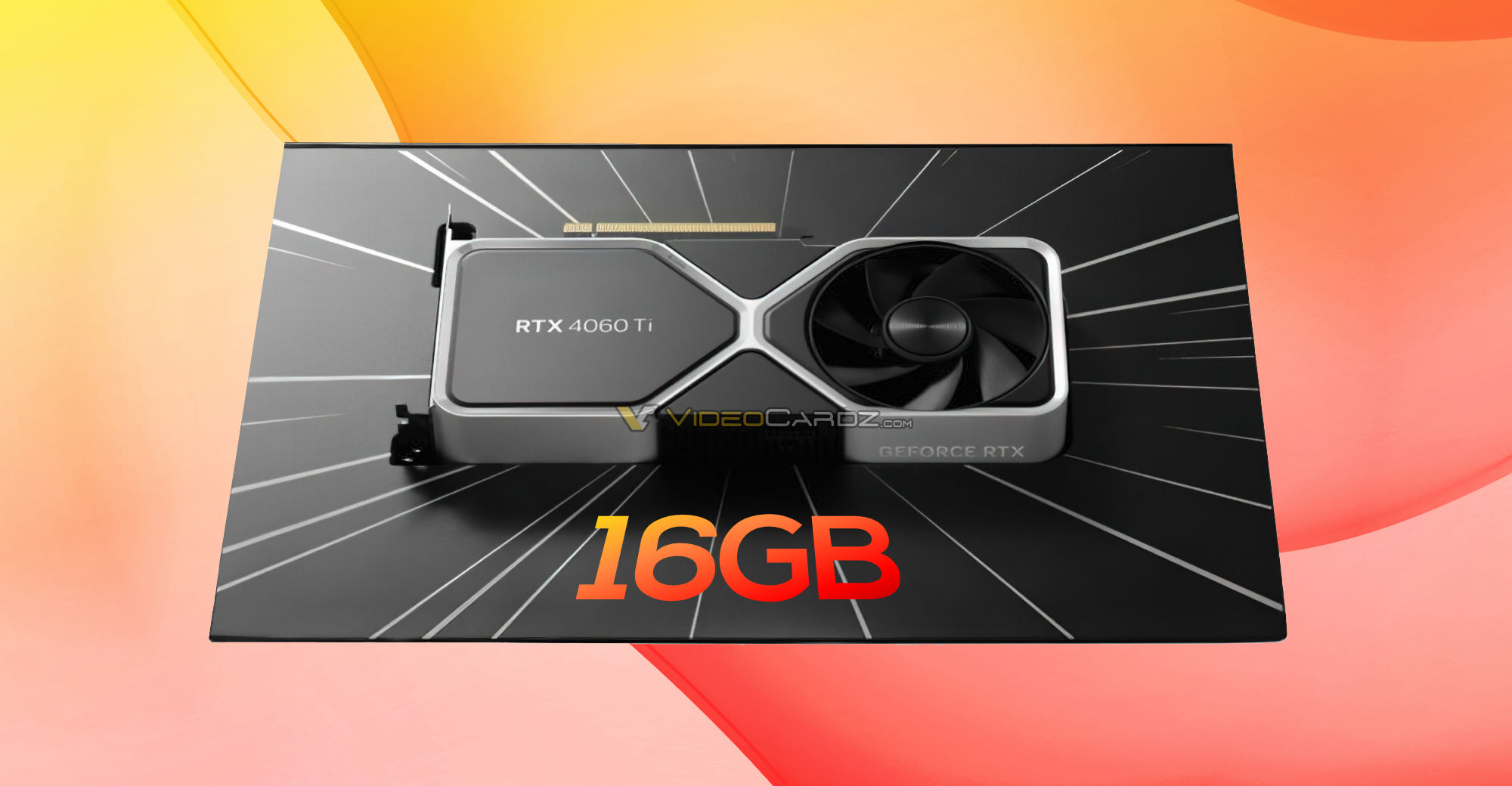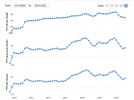That's exactly what's happening and anybody with a brain can realize that.Instead I feel they're trying to obfuscate the pricing increase by rearranging the naming scheme. Essentially trying to fool less informed customers into thinking they're getting a higher end GPU (relative to the current and last gen stacks) than they actually are.
Yes, price increases were inevitable, but NOT to the insane extent we're seeing with Nvidia's 40 series. That's just sheer greed and everybody knows that. Some people here are just arguing completely dishonestly.
It's also hilarious for one of these dishonest people to get all semantic and specific about how 'die sizes dont matter' while pushing the argument that cost per transistor matters, which actually literally doesn't, since prices are based on overall wafer pricing, not how many transistors a specific chip has. Chips on the same general process node can have widely varying transistor densities. And to be clear, I'm not saying transistor density doesn't matter, it's just hypocritical to say die sizes dont matter, but then bring up cost per transistor as if that's important.




